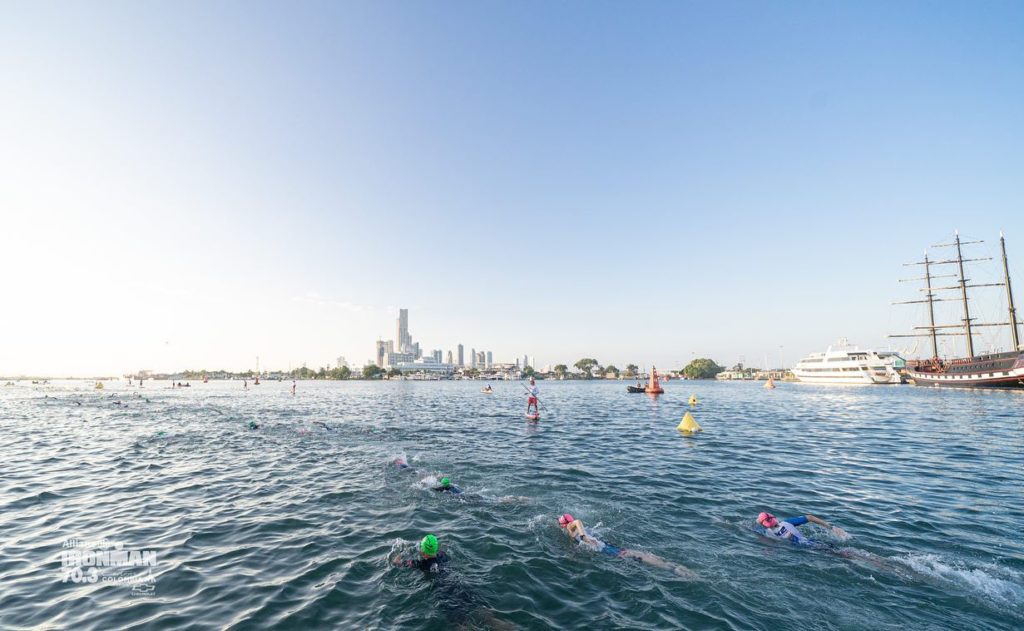Cooking in Cartagena … and loving every minute of it
Ironman 70.3 Cartagena once again attracted a sold-out crowd to the race that's set in the heart of a UNESCO World Heritage Site.
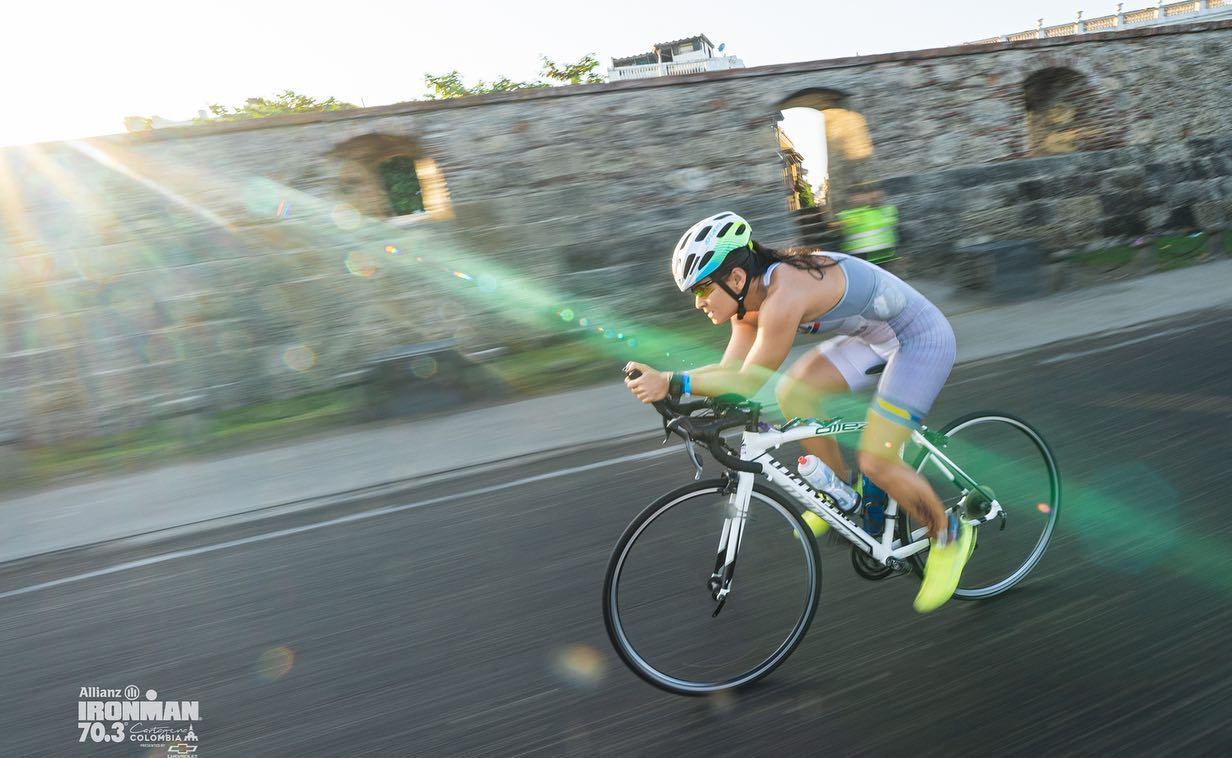
Americans Collin Chartier and Kelsey Withrow overcame the heat and competition to win Ironman 70.3 Cartagena. Recapping the race that has become a bucket-list event for pros and age-groupers alike.
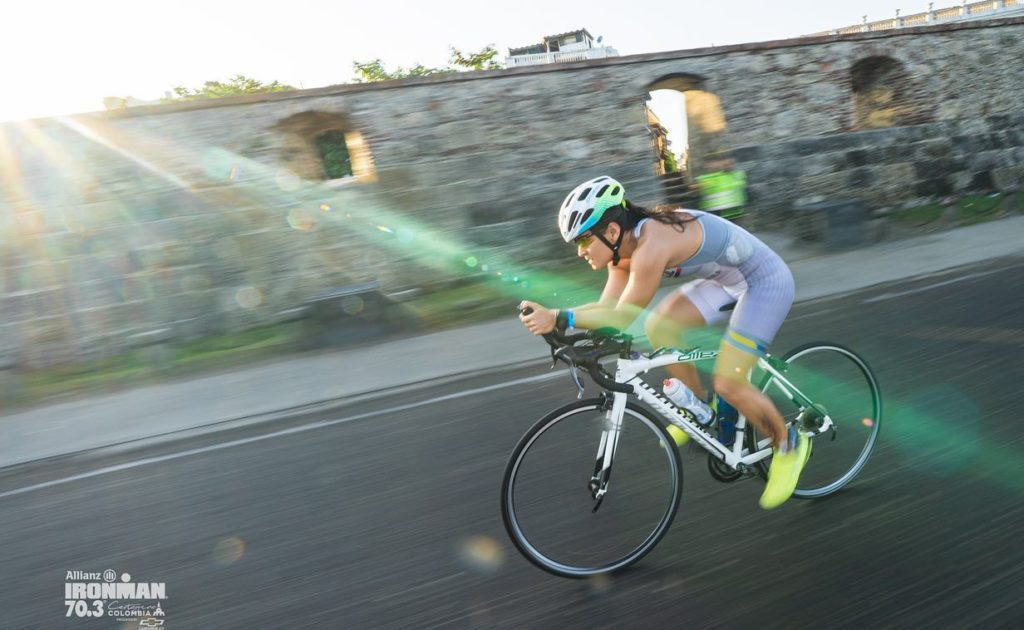
by Loreen Pindera
It is an auspicious start to a pro long-distance career: American Collin Chartier ended his very first Ironman 70.3 race at the top of the podium in Cartagena, Colombia on Dec. 1, clocking in at 3 hours, 43 minutes and 39 seconds.
“Within seconds I became so stiff I could not bend down to get my shoes off,” Chartier, 26, wrote in his race blog a couple of days later. “The high from racing has faded and what remains now is the chronic pain and stiffness.”
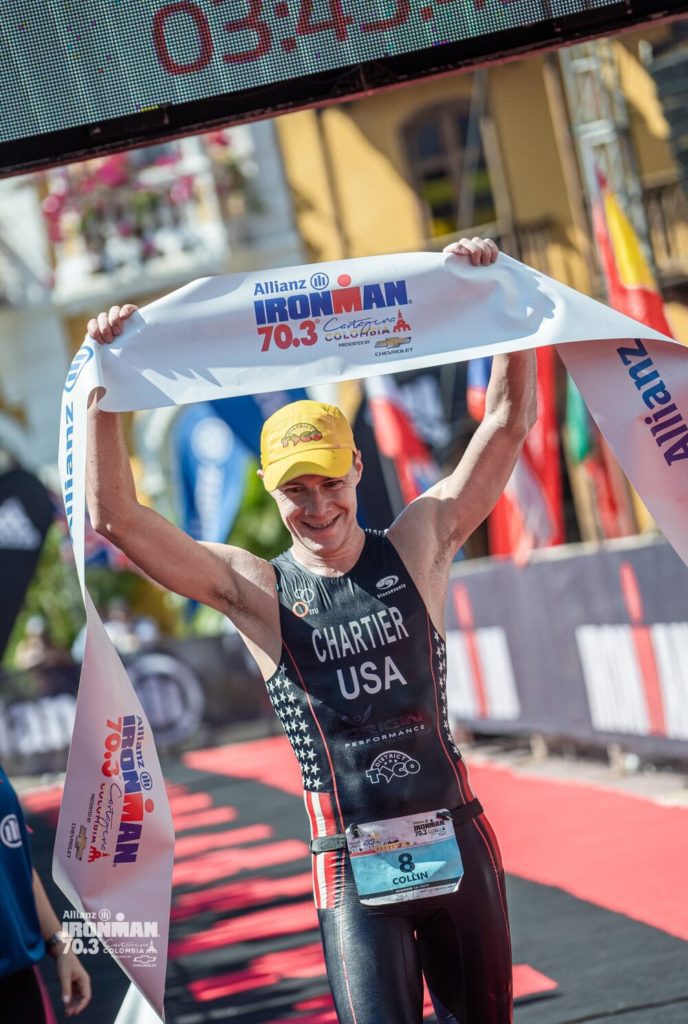
Chartier gave the race everything he had, despite temperatures already well into the 30s by the time he broke the tape just before 10:30 a.m., finishing his 21.1K run in a blistering 1:17:03. His nearest opponent, Brazilian Igor Amorelli, trailed by more than three minutes. Brazilians Bruno Matheus and Fernando Toldi placed third and fourth, with Americans Joe Malloy and Kevin Collington, the 2017 winner, also beating the four-hour mark.
Collington, who trains in snowy Boulder, Colorado, shared his recipe for beating the heat: “I’ve been training indoors with lots of clothes on. Lots of layers. A big jacket.”
“Lionel Sanders will train in a sauna,” Collington said. “But that’s just insane.”
Related: 60 Hours in Cartagena
Certainly, it felt like a sauna on race day — particularly for us mere mortals who were still out in the blinding sun over the noon hour. The run course snakes in and around the fortified walls of Cartagena’s Old City, a UNESCO World Heritage Site. Think of Quebec City with palm trees, plunked down in a Caribbean setting, and you’ll get the picture. The thick, stone walls and the brick-paved streets emanate heat, but there was plenty of cold water and fuel at aid stations set up at every kilometre of the course.
Even better, the sidewalks on both sides of the run course were lined with enthusiastic spectators, yelling “Vamos!” and “Andale!” Many brought buckets filled with ice, thrusting handfuls of ice cubes at runners as they passed and dumping icy water on their heads.
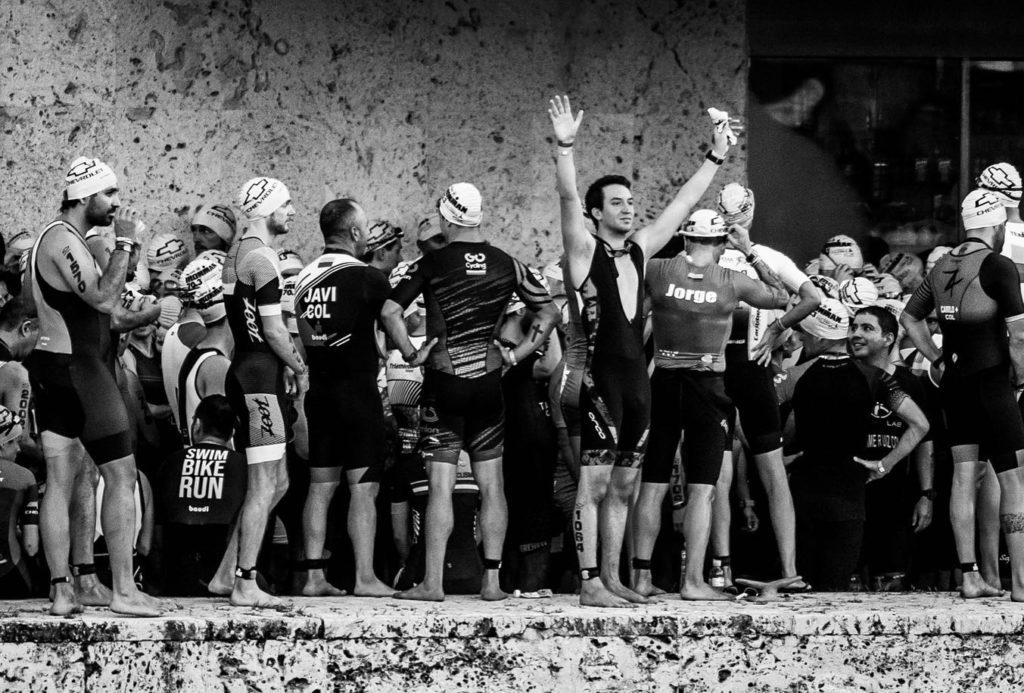
Speaking of buckets, for anyone who can take the heat, Ironman 70.3 in Cartagena really should be a bucket-list race. The swim takes place in the warm, protected waters of the Bahía de las Ánimas. The race begins with a cannon blast from the Colombian naval vessel moored in the bay.
For the first time this year, it was a self-seeded start, with three swimmers at a time leaping into the water and heading in the direction of the stone fortress that looms in the distance, the Castillo de San Felipe de Baraja, before turning toward the gleaming white condominium towers of the Bocogrande and then back towards the walled old town. It is an easy swim course on which to practise your sighting: the water is flat, the landmarks loom large, and there is a buoy set precisely every 100 metres.
The bike is a nearly flat out-and-back on the highway linking Cartagena to Barranquilla, the next major city down the Caribbean coast. It’s a testament to the local government’s support for the popular race that somehow, race organizers manage to close the highway to all motorized traffic for the duration of the competition. The only distractions are the fishermen whose boats dot the horizon, as they pull in their nets off in the distance, and the children who cluster at the roadside, cheering on riders and scrambling for their empty bike bottles and other collectibles.
The first (and last) eight kilometres of the bike course are a little dicey, with pitted asphalt and occasional unmarked potholes. But as soon as you hit the edge of town, the pavement is smooth as a runway, and the riding is fast.
Again, the sun is the only obstacle. It bears down relentlessly, and only the most foolhardy cyclist would ride past an aid station without taking on at least two bottles of water or hydration fluid. I ran out of mine with nearly 20 kilometres left in the bike segment, and by the time I hit transition, I felt like one of those parched travellers in the desert, praying the oasis in the distance was no mirage.
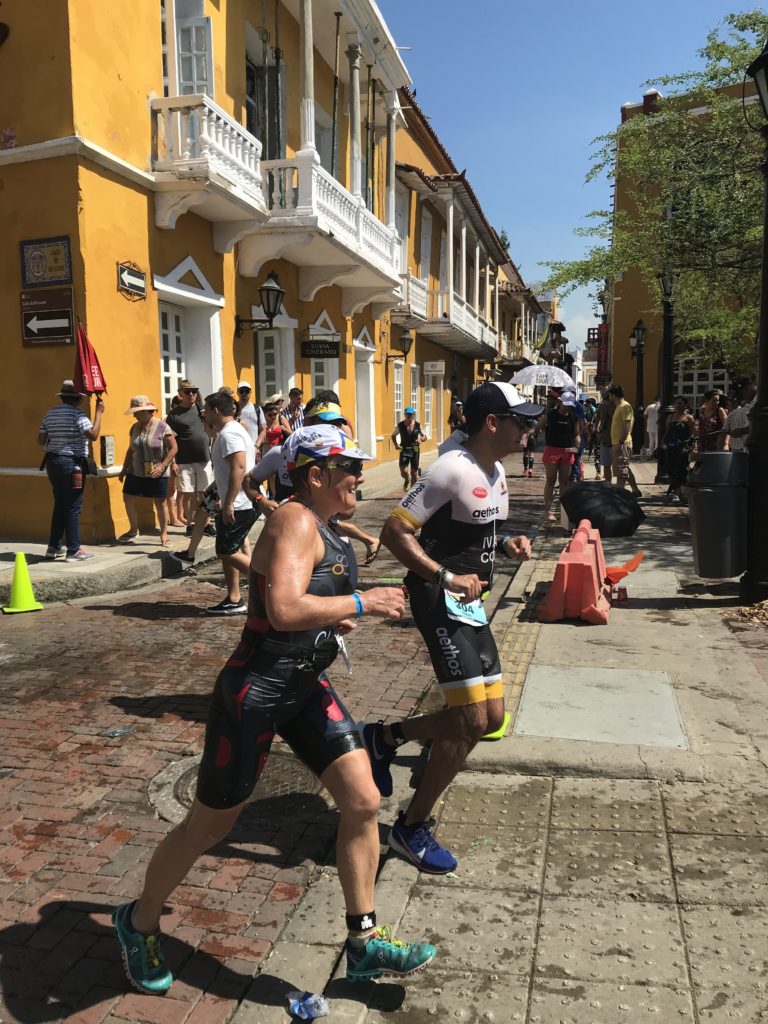
I was barely into my run when I heard the congratulatory shouts for the first woman to cross the finish line, American Kelsey Withrow, who broke the tape in 4 hours 30 minutes and 17 seconds. Withrow, an 18-year veteran of the pro circuit, also said prior to the race she’d found ways to practice in the heat before her arrival in Cartagena.
“I moved indoors,” she said. “I created a hotbox. I sealed off where I bike and run, and I put a heater in there.”
Withrow already had her spot for the 2020 World Championship in Taupo, New Zealand, winning the Shanghai 70.3 in October. Both the second-place finisher, Mexico’s Alina Hanschke Busch, and fifth-place Marta Torres, a Colombian, are age-group racers – Hanschke Busch in the 35 to 39 age group, and Torres in the 40 to 44 age group. Pro athletes Susana Guillen of Paraguay and American Laurel Wassner took third and fourth.
This was the fourth edition of the race, and it is more popular every year. The 2019 edition was sold out months in advance. Colombians, already cycling fanatics, are becoming huge triathlon enthusiasts. So much so that the owner of Colombia Tri Events, Costa Rica native Wilber Anderson, announced last Saturday that he is bringing a second 70.3 to the country. Anderson says he will announce early in 2020 the city in which that will take place.
